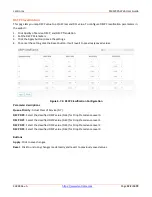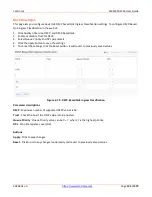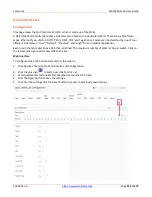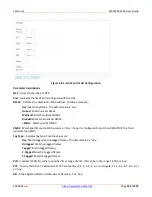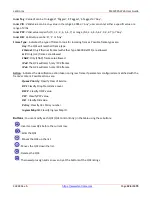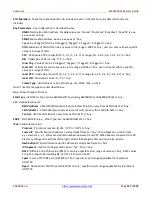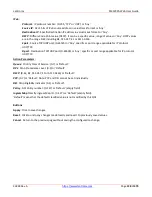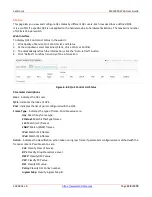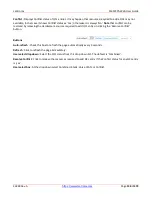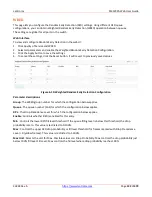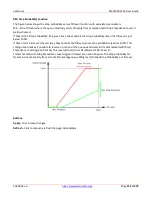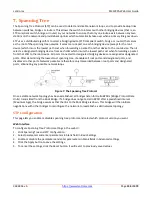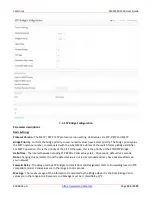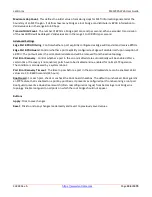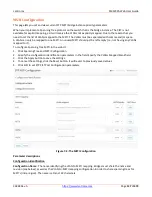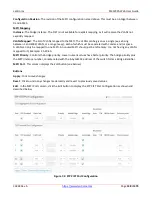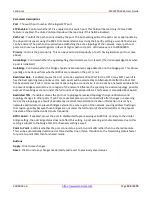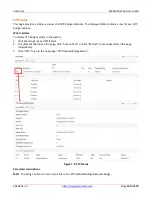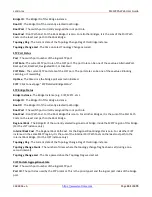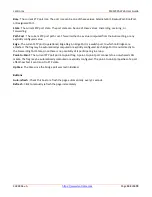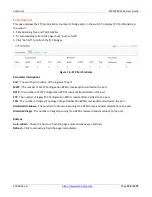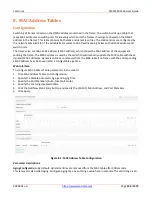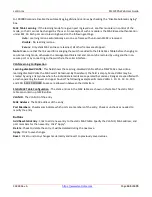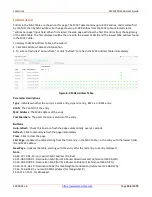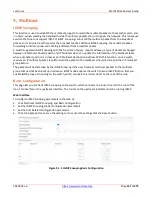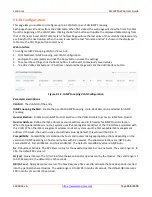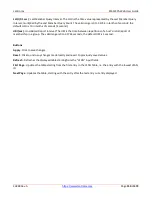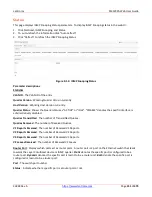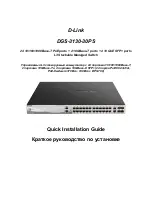
Lantronix
SM12XPA Web User Guide
33848 Rev. A
Page
136
of
473
Maximum Hop Count
: This defines the initial value of remaining Hops for MSTI information generated at the
boundary of an MSTI region. It defines how many bridges a root bridge can distribute its BPDU information to.
Valid values are in the range 6 to 40 hops.
Transmit Hold Count
: The number of BPDUs a bridge port can send per second. When exceeded, transmission
of the next BPDU will be delayed. Valid values are in the range 1 to 10 BPDUs per second.
Advanced Settings
Edge Port BPDU Filtering
: Control whether a port explicitly configured as Edge will transmit and receive BPDUs.
Edge Port BPDU Guard
: Control whether a port explicitly configured as Edge will disable itself upon reception of
a BPDU. The port will enter the error-disabled state and will be removed from the active topology.
Port Error Recovery
: Control whether a port in the error-disabled state automatically will be enabled after a
certain time. If recovery is not enabled, ports have to be disabled and re-enabled for normal STP operation.
The condition is also cleared by a system reboot.
Port Error Recovery Timeout
: The time to pass before a port in the error-disabled state can be enabled. Valid
values are 30 - 86400 seconds (24 hours).
Root Guard
: For each port, check or uncheck the Root Guard checkbox. The default is unchecked. Root guard is
an STP feature that is enabled on a port-by-port basis. It prevents a configured port from becoming a root port.
Root guard prevents a downstream switch (often misconfigured or rogue) from becoming a root bridge in a
topology. Enable root guard on all ports on which the root bridge should not appear.
Buttons
Apply
: Click to save changes.
Reset
: Click to undo any changes made locally and revert to previously saved values.

